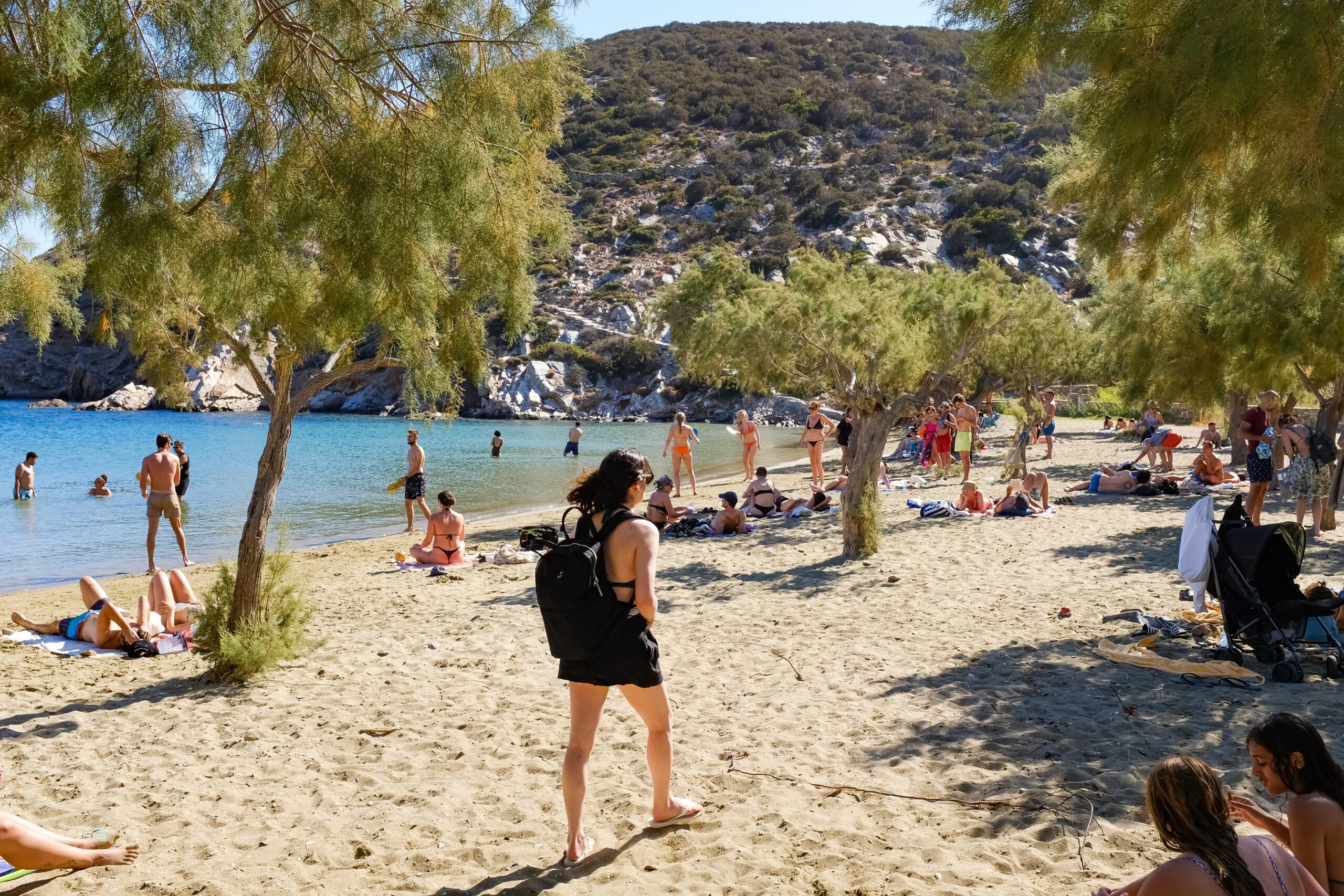How meeting profs can curb overtourism’s environmental toll
You saw the news stories of last summer. Crowds of thousands on the streets of Barcelona protesting the impact of too many tourists, and startled visitors lolling at sidewalk cafes being taunted and squirted with water pistols. Elsewhere, news photos of bodies crammed together in too-popular destinations on streets resembling mosh pits. When the toll of what’s become known as overtourism is tallied, it usually starts with reduced quality of life for local residents. But there’s another victim—the environment. It can’t march in the protest rallies, but it sure can make its agony known.
Barcelona has become the most polluted urban port in Europe, according to a report by the European Federation for Transport and the Environment, due in large measure to cruise ships, which also emit nearly five times the air pollution as the city’s cars and trucks per year. In response, the city banned cruise ship dockings at one of its terminals in 2023.
Read More: Travel and Tourism Trends in U.S. and Canada
Europe just suffered through another dry, scorching summer, as climate change intensifies. That dramatically exacerbated what The New York Times has called “the next battleground in overtourism”—water scarcity.
In Sicily, as farmers and shepherds in the island’s uplands saw crops die and livestock suffer for lack of rainfall, local authorities prioritized water supply to coastal hotels to protect its tourist economy. On Sifnos, a Greek island of 2,600 where 40,000 tourists arrived in August alone, many locals and visitors alike had no running water for 10 days when reservoirs ran dry and a desalination unit failed. After the taps began flowing again, the water was brown and reddish, and tourists rushed to buy bottled water even to wash themselves.
“The environment can’t march in the protest rallies, but it sure can make its agony known.”
The continuing proliferation of short-term rentals for tourists, who are often unaware or, alas, uncaring of water shortages, and new hotels still being built with swimming pools and water-hungry landscaping, only makes things worse in places stressed for water or other resources.
It’s important to note that this type of toll from mass tourism is not limited to distant overseas destinations. In the United States, numerous national parks, for example, have limited access during high seasons not only to reduce the sheer numbers of humans but also to curtail degradation of pristine environments.
What Planners Can Do

When you’re planning an incentive, association annual or other gathering, long lead times make it next to impossible to predict, say, the double weather whammy of torrid temps and no rainfall that have led to extreme water shortages like those in Europe. Yet you can look at trends. Parts of the EU have suffered through several dry, terribly hot summers in a row.
You can also easily not book groups onto cruise ships that make stops at over-touristed ports of call to avoid adding to harbor pollution, especially in high season.
There’s been a lot of industry conversation lately about avoiding high-season meetings in favor of so-called shoulder seasons. And eschewing the mass tourism pin drops for what are being called “shoulder destinations.” These can help ease environmental impacts if you’ve done your research and, just as importantly, conscientiously communicated to your attendees the need and tips for conserving scarce local resources such as water.
Read More: Better Than Sustainable: Regenerative Travel
This communication is even more important today when 30-40% of convention attendees and other business travelers, especially millennials and younger, justify the hassle of being on the road by making it a bleisure experience.
Reaching out to the area experts is also key when planning for a destination with overtourism concerns. In both places known for outdoor natural wonders like Utah and Montana, as well as bucket-list cities like San Francisco and Austin, DMOs have become destination managers as much as promoters. Host hotels are also resources for advice and recommendations for conserving local resources on property and beyond.
During the prolonged California drought from 2011 to 2017, it was common for hotel restaurants to only fill water glasses when requested and place signage in guest rooms urging conservation of the precious resource we all need to survive. Shorter showers and drinking water only on demand seem a small price to pay for being able to continue meeting in bucket-list destinations. So do all the other measures meeting profs can take to avoid the worst crowds.
This article appears as “Crowd Avoidance” in the November 2024 issue. You can subscribe to the magazine here.




